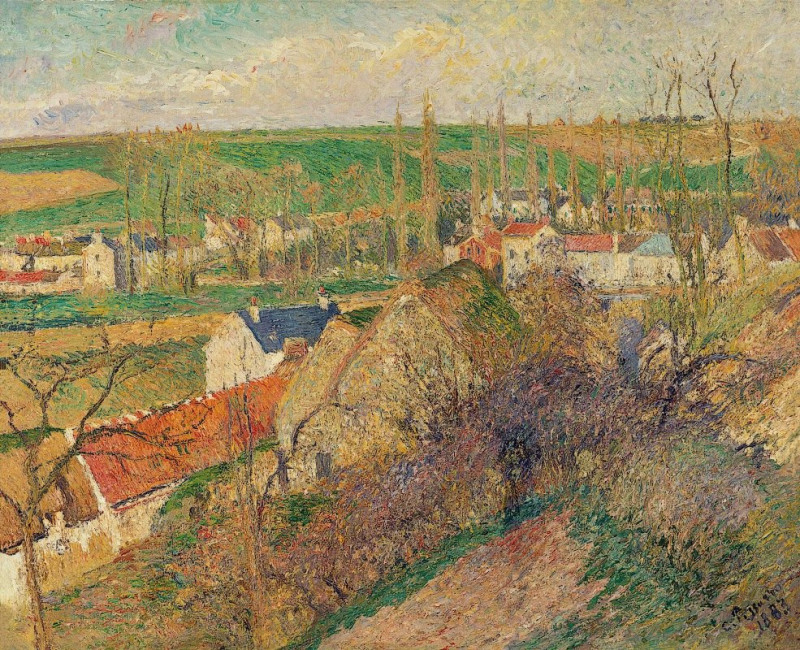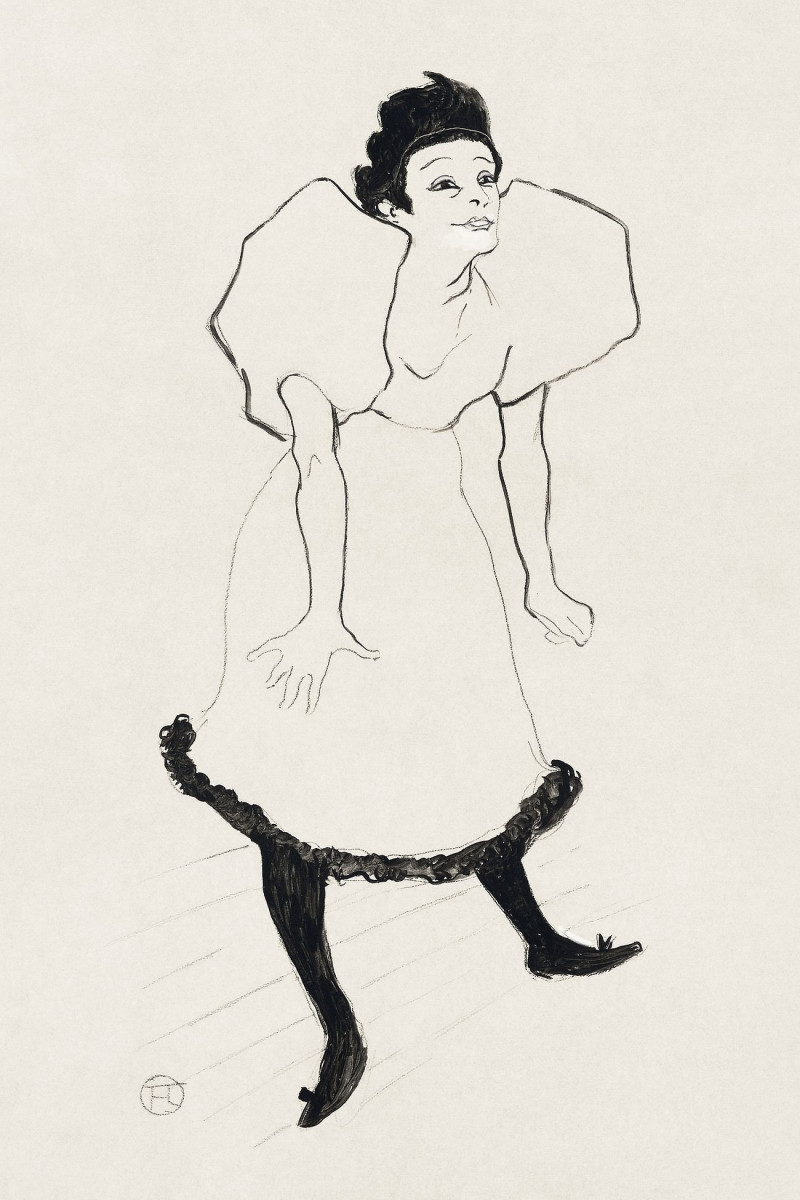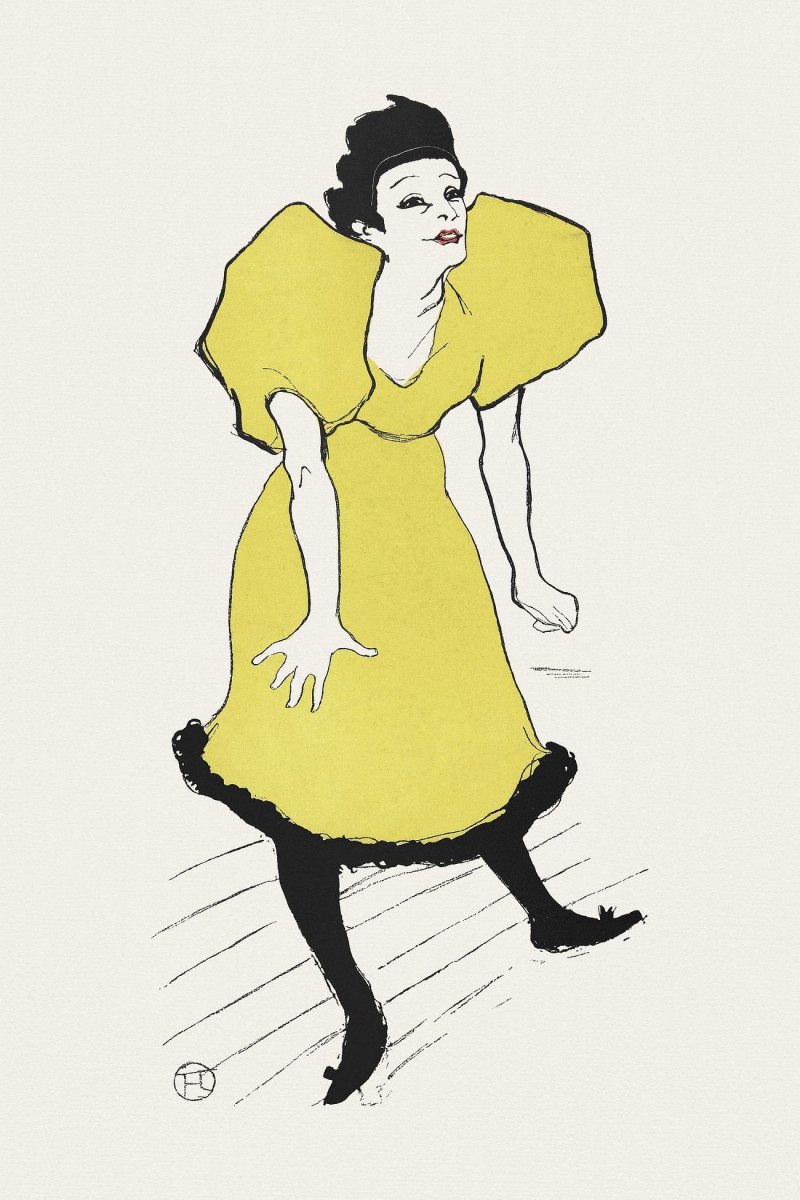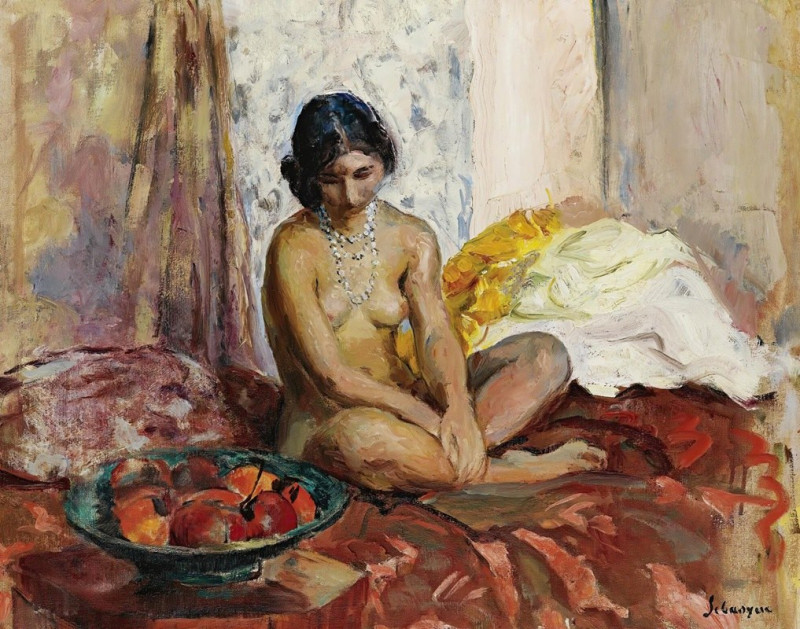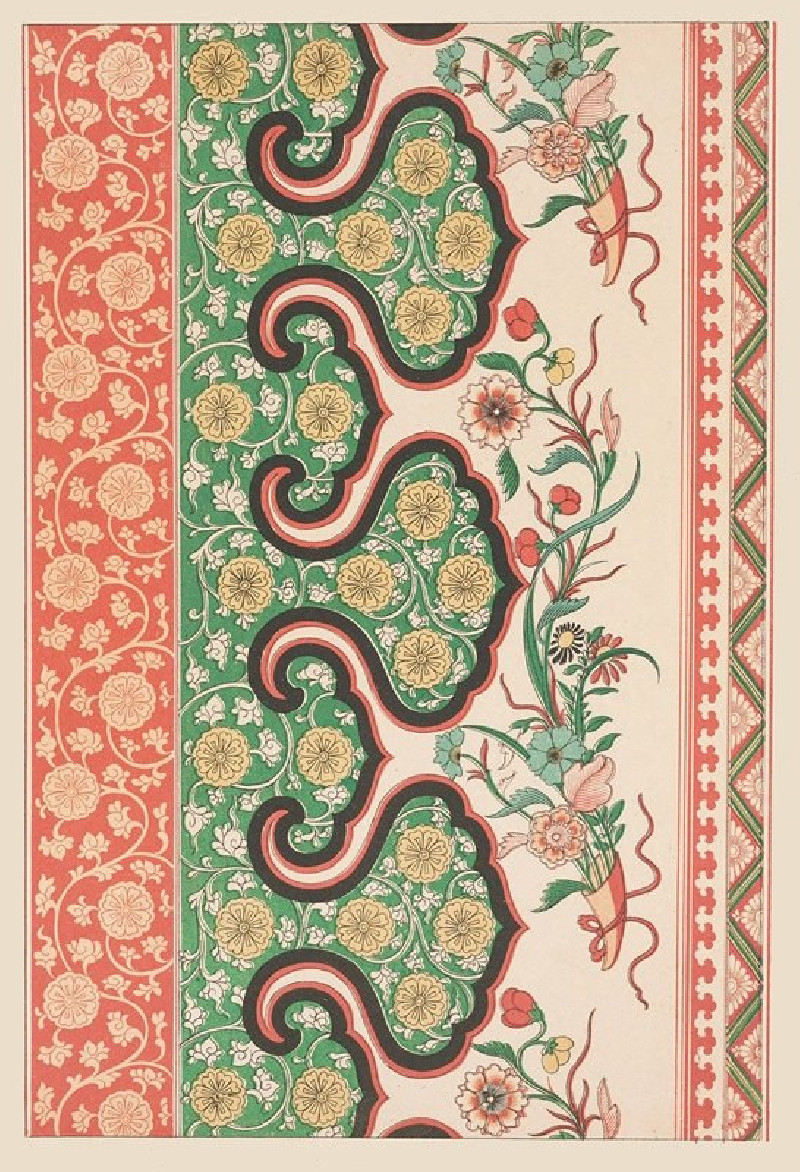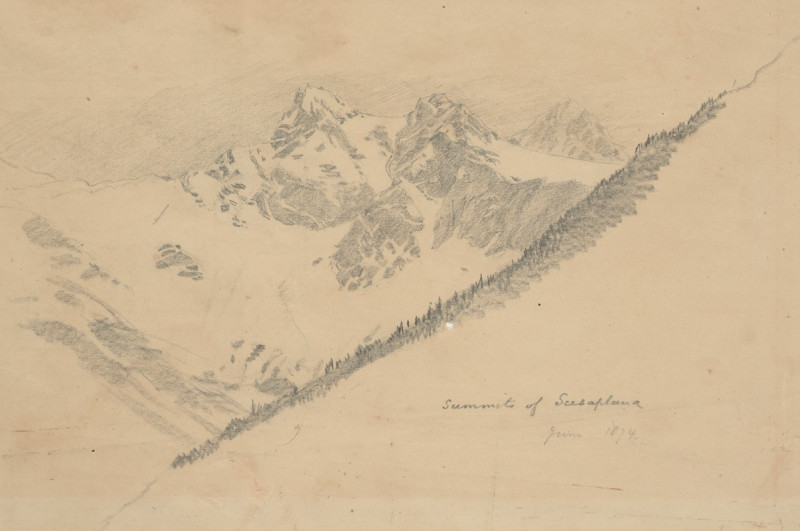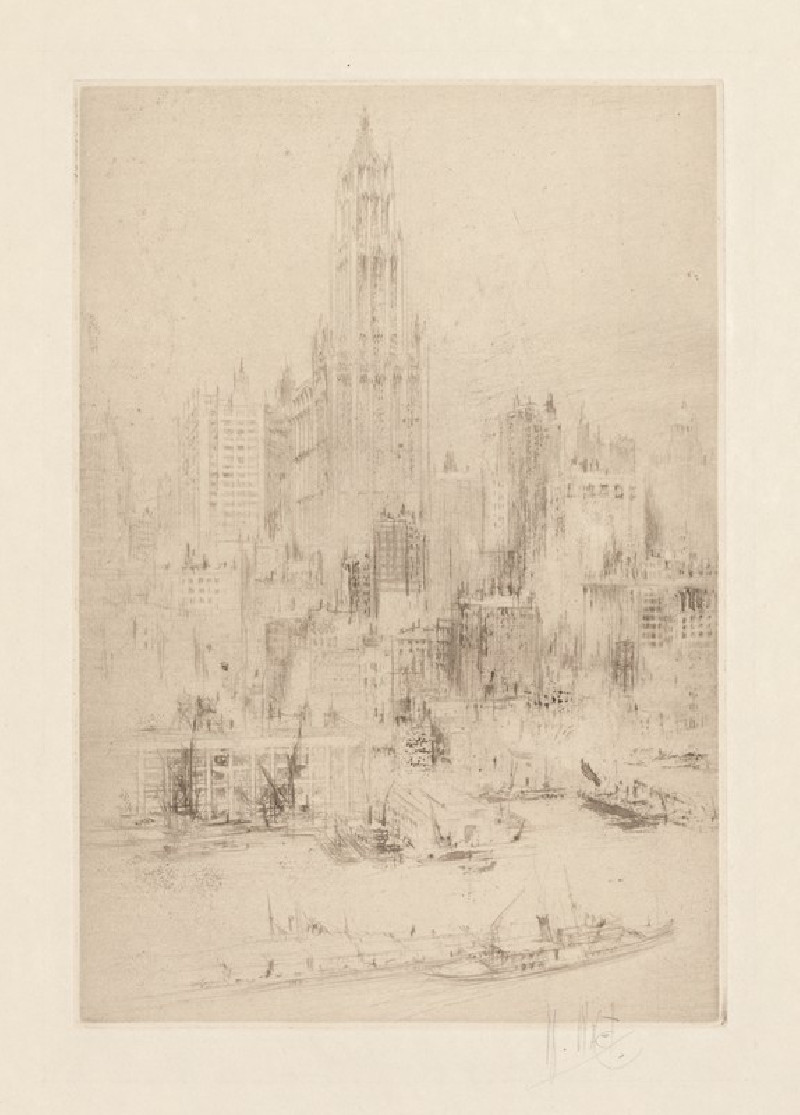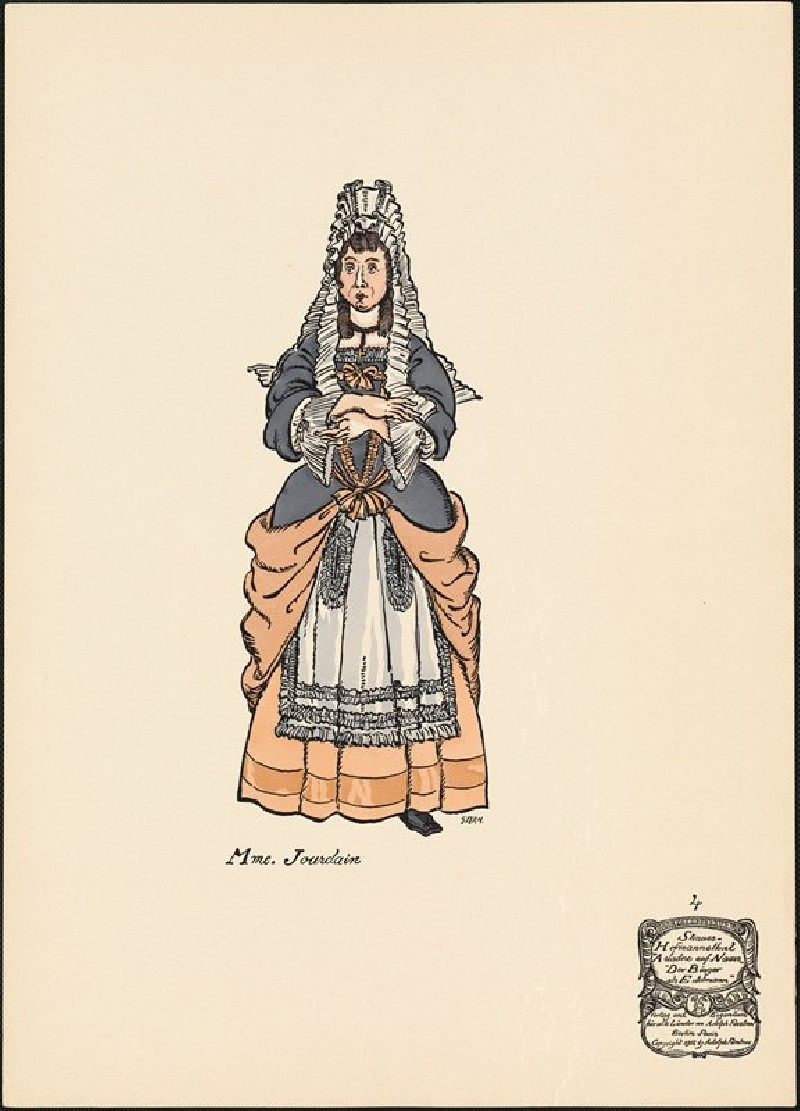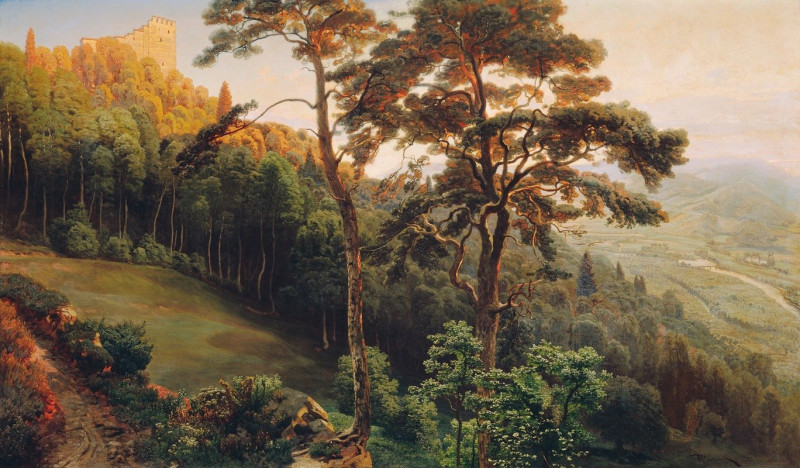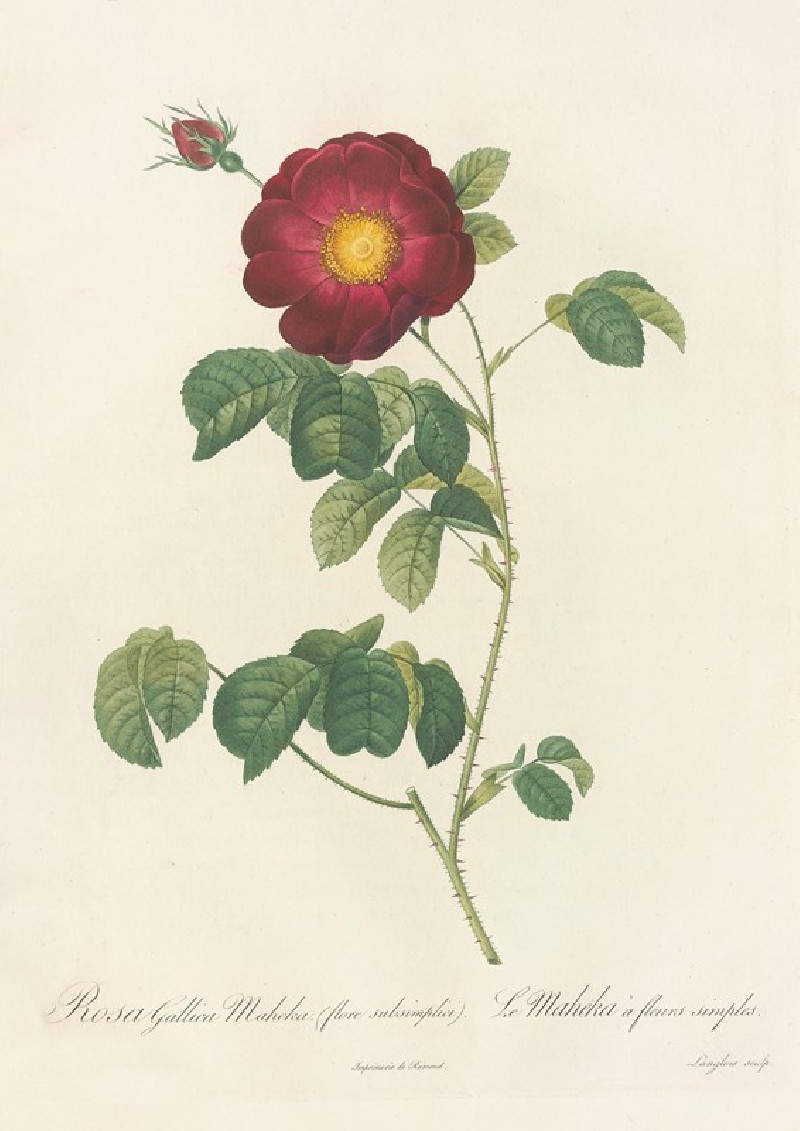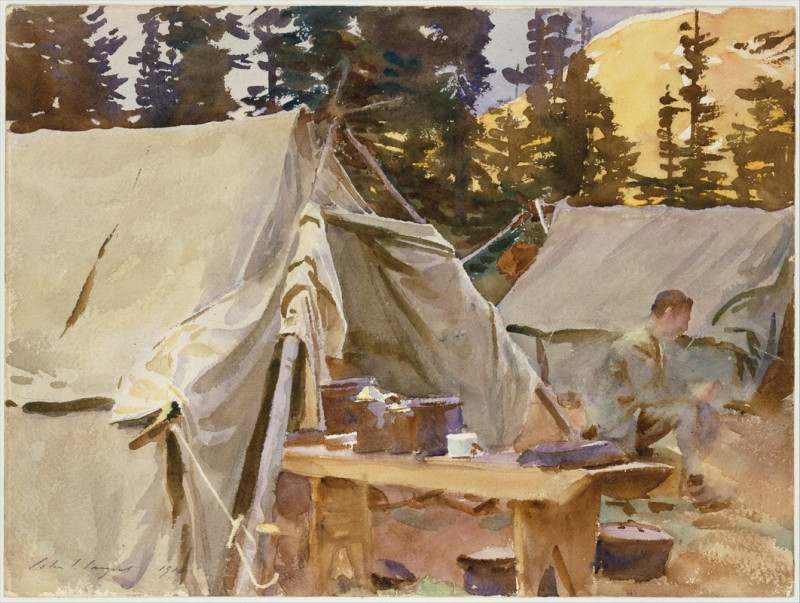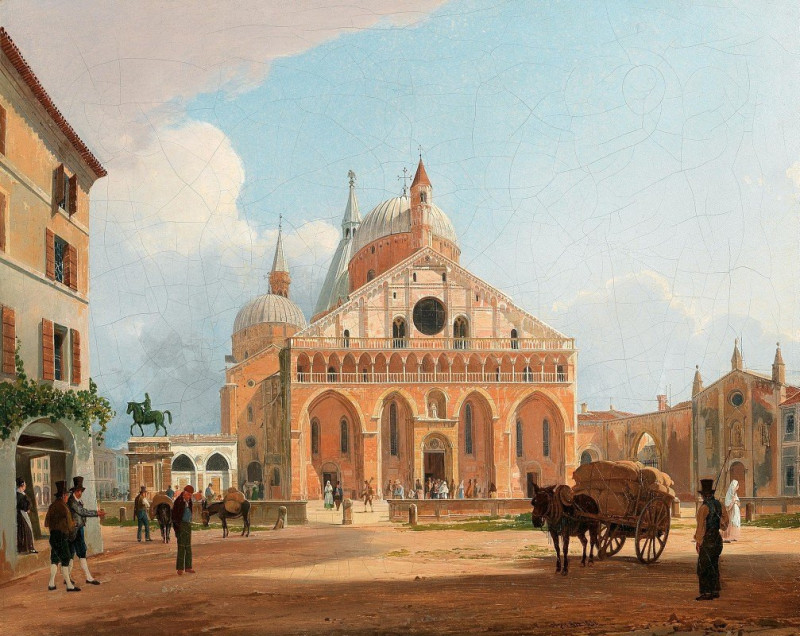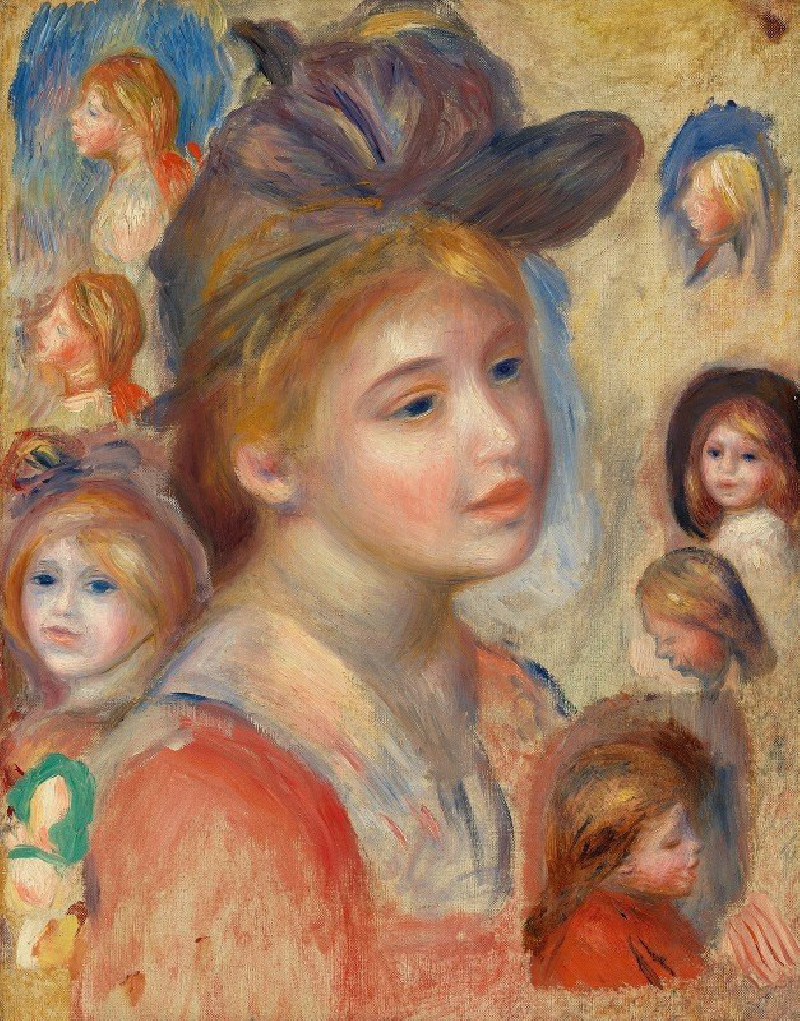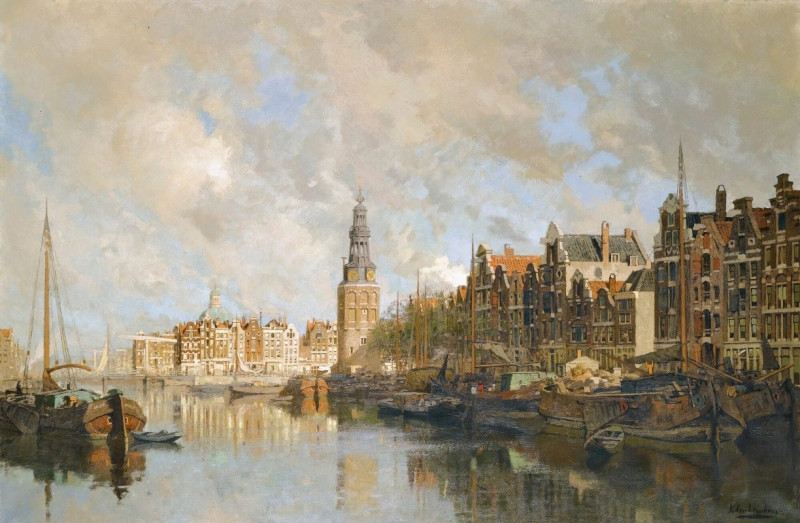Vue Sur Le Village D’osny (1883)
Technique: Giclée quality print
Recommended by our customers
More about this artwork
Camille Pissarro's painting "Vue Sur Le Village D’Osny," completed in 1883, offers a striking vista of the village Osny, located in the northwestern suburbs of Paris, France. This piece is a vibrant example of Pissarro's shift towards the Impressionist style, showcasing his keen interest in natural settings and rural landscapes.In this canvas, we witness a panoramic view of Osny, as Pissarro's brush captures the charming essence of countryside life. The composition is dominated by a lively interplay of colors, with the sprawling green of the fields set against the varied hues of the village roofs, in reds and whites that peek through the verdant landscape.Pissarro’s technique utilizes small, distinct brush strokes that build textures and depth, creating a dynamic scene that is almost tangible. The winding pathways and clustered homes draw the viewer’s eye across the canvas, leading toward the distant horizon, subtly enveloped by a soft, light sky. This effect not only captures the beauty of the French countryside but also hints at the rhythms and continuities of rural life."Vue Sur Le Village D'Osny" is more than just a picturesque landscape; it's a manifestation of Pissarro's enduring fascination with nature and his attempts to express its myriad forms and colors through the nascent style of Impressionism.
Delivery
Returns
Blessed are they who see beautiful things in humble places where other people see nothing. — Camille Pissarro
Camille Pissarro (1830-1903) was born on St.Thomas (now the US Virgin Islands) to a Portuguese father and a Dominican mother. He went to Paris to study art at Ecole des Beaux-Arts. He was an early pioneer of pointillism and neo-impressionism and later became a mentor of many famous impressionist painters including Cezanne, Manet, Renoir, and Gauguin. His paintings depicted rural and urban French landscapes and lifestyle. Many of his works politically captured images of peasants and laborers. Today, he is considered the father of impressionism.

